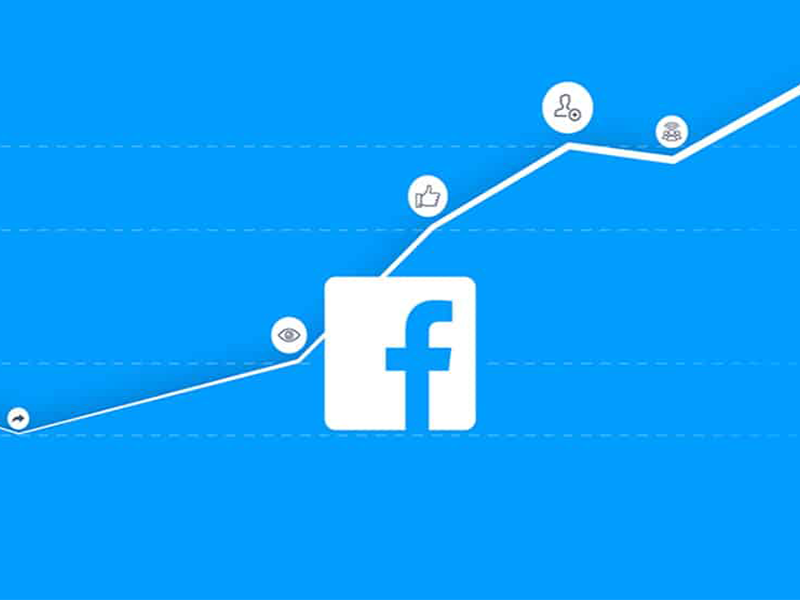
We’ve all asked the same questions when it comes to Facebook campaign management; “How can I increase traffic for the same budget?”, “Why can’t I scale my Facebook campaigns efficiently?”. Let’s take a look at how those questions can be answered effectively to gain simple action items for boosting Facebook campaign traffic without increasing budget or sacrificing on quality.
The Problem
If you have experience in campaign management, you probably are aware of the basic KPIs to measure success: The click (the initial interaction) and the purchase/download/sign up etc. (the end goal). But what about everything in between?
This is where some marketers struggle on Facebook ads. There are campaigns that drive a large volume of clicks but don’t result in the end goal and campaigns that drive value but see decreased traffic (conversion campaigns optimised for the end goal like a purchase).
Let’s take a look at conversion optimised campaigns since that’s where the value is coming from, and what we can do to scale them without decreasing KPIs like ROAS.
The Solution
Find something to optimise your conversion campaign that lies in between the click and your end goal. This doesn’t necessarily mean a landing page view, look deeper. What steps does a user have to take in order to convert? For eCommerce, it would be click > add to cart > purchase. If we establish that optimising for clicks gives low conversion and optimising for conversion gives low traffic, what about optimising for add to cart?
This theory was tested by setting up a split test on Facebook targeting high-value prospecting audiences. Half the audience was optimised for a purchase and the other half was optimised for add to cart. The results were that for the same spend as purchase optimisation, the add to cart optimisation reached more people, drove more clicks and add to carts and resulted in a fractional difference in ROAS. Although purchase optimisation had a cheaper Cost Per Purchase and a slightly higher ROAS, the goal in this instance was to scale and increase the volume of traffic, and the difference in ROAS was so small, one could argue that it is inconsequential. Prospecting audiences should be focused on creating awareness about your business and gathering data for remarketing. The add to cart optimisation did so more efficiently without really sacrificing on spend.
This outlined example obviously applies to eCommerce, but the theory and thought process can be applied to other business models. Just remember to think through your potential customer's conversion path and identify what touchpoint you can turn into a “soft conversion” that you can optimise towards and which you can remarket to.
Ole!Connect are leading experts in performance marketing with over 10 years of experience in the industry. Struggling to get the most out of your campaigns? Connect with us and we will switch on your business’ potential.